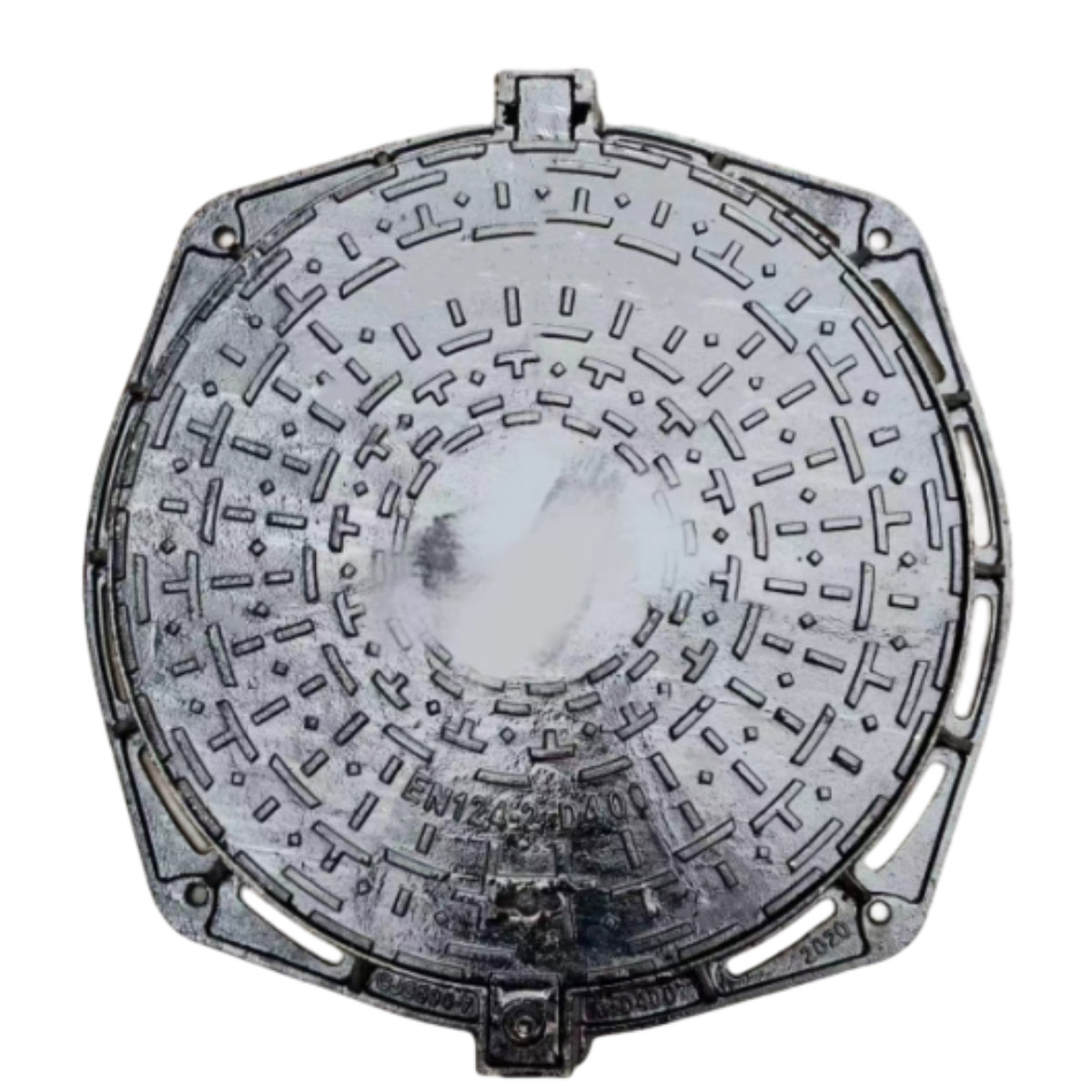Understanding the Role of Gate Valves in Water Supply Systems
The Role of Gate Valves in Water Supply Systems
Gate valves are a fundamental component in water supply systems, playing a crucial role in controlling the flow of water. Often used in municipal water systems, industrial applications, and residential plumbing, these valves are designed to either fully open or fully close the flow of water, as opposed to throttling it. This article will delve into the significance of gate valves in water supply, their working principle, types, advantages, and considerations for selection and maintenance.
Understanding Gate Valves
A gate valve operates by raising or lowering a wedge-shaped gate within the valve body. When the valve is in the open position, the gate is entirely out of the flow path, allowing water to pass without any obstruction. Conversely, when the valve is closed, the gate completely blocks the flow. This binary function ensures that water can be easily managed within a system, facilitating essential operations such as isolation, maintenance, and emergency shut-off.
Types of Gate Valves
Gate valves come in various configurations to suit different applications. The most common types include
1. Wedge Gate Valve The most prevalent design, which uses a wedge-shaped disk to facilitate sealing. 2. Split Wedge Gate Valve Features a two-part wedge for better sealing in larger diameters. 3. Parallel Gate Valve Uses a parallel disk configuration, beneficial for low-pressure applications and providing more efficient sealing. 4. Bolted Bonnet Gate Valve Offers ease of maintenance and disassembly, making it suitable for various industrial applications.
Advantages of Gate Valves in Water Supply
Gate valves offer numerous advantages in water supply systems
1. Low Pressure Drop Since the valve opens fully, there is minimal resistance to fluid flow, resulting in a low pressure drop across the valve. This characteristic is critical in large water supply systems where maintaining pressure is essential.
2. Durability Gate valves are generally more robust than other valve types, designed to endure high pressures and are often made from materials such as cast iron, stainless steel, or brass, ensuring longevity.
gate valve in water supply

4. Ease of Operation Gate valves can be operated easily with a simple turn of a handle or wheel, providing user-friendly accessibility for maintenance staff and operators.
5. Isolation Capability They serve as effective isolation devices, enabling sections of the system to be taken offline for repairs or maintenance without disrupting the entire water supply.
Considerations for Selection and Maintenance
When selecting gate valves for a water supply system, several factors should be taken into account
1. Material Compatibility Ensure that the material of the gate valve is compatible with the type of water (e.g., potable, wastewater) and environmental conditions it will be used in.
2. Size and Pressure Ratings Valves must be appropriately sized for the pipeline and rated for the pressure conditions to prevent failures.
3. Installation Orientation Gate valves can typically be installed in any orientation, but it is essential to follow manufacturer guidelines to ensure optimal performance.
4. Regular Maintenance Although gate valves require less frequent maintenance than other types, periodic inspections and servicing are crucial to prevent seizing and ensure reliable operation. Lubricating moving parts and checking for leaks are recommended practices.
Conclusion
In summary, gate valves are an integral part of water supply systems, providing reliable and efficient control of water flow. Their advantages of low pressure drop, durability, and ease of use, combined with their ability to isolate sections of piping for maintenance, make them indispensable in both industrial and residential applications. Proper selection and maintenance of gate valves ensure that these systems operate smoothly, contributing to the overall efficiency and effectiveness of water supply management in our communities.
-
The Smarter Choice for Pedestrian AreasNewsJun.30,2025
-
The Gold Standard in Round Drain CoversNewsJun.30,2025
-
The Gold Standard in Manhole Cover SystemsNewsJun.30,2025
-
Superior Drainage Solutions with Premium Gully GratesNewsJun.30,2025
-
Superior Drainage Solutions for Global InfrastructureNewsJun.30,2025
-
Square Manhole Solutions for Modern InfrastructureNewsJun.30,2025
-
Premium Manhole Covers for Modern InfrastructureNewsJun.30,2025
